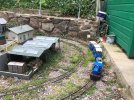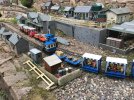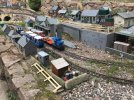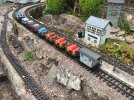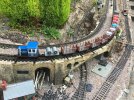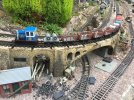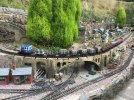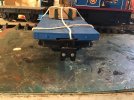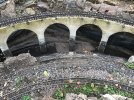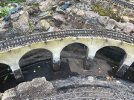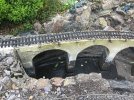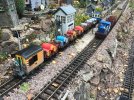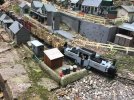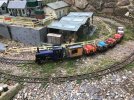Interesting about batteries, I have two wooden model boats, one I built from a kit when I was 18…….along, long time ago, and one that I built a couple of years ago, both are about 34 inches long and weight about the same.
The original has been through several motors and R/C control equipment but I have finally got them both with the same electric motor. The newer one runs on 12v 3300mh Ni mh but the older one , I have just added the same motor with a 12v 5000mh Ni mh, on a recent day out testing them with my grandsons , the one with the bigger capacity battery went ‘like a rocket’ ( except it is a boat!) . I haven’t had the chance to swap the battery packs over and see if there is any difference. I wasn’t aware that battery ampere capacity could make that much difference but I won’t know till I have a chance to test it.
anyone with better knowledge than me to elaborate on the subject?
cheers
Dave


